The Newfoundland Regiment Overseas: An Overview
The Newfoundland Regiment served in France, Belgium, Egypt, Turkey, Greece, Germany, and the United Kingdom during the First World War. It trained in England and Scotland, it fought in some of the largest and most deadly battles of the war, it defended Allied strongholds from enemy invasion, and it joined the occupation force in Germany after the Armistice was signed on November 11, 1918.
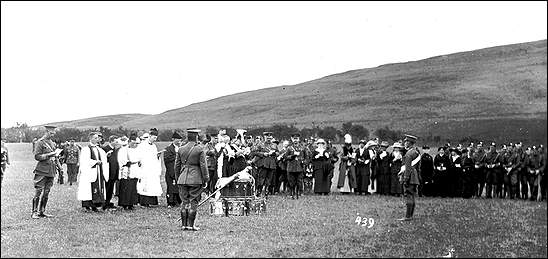
Courtesy of the Rooms Provincial Archives Division (VA 37-11.4), St. John's, NL.
All of the Regiment's soldiers began their overseas service with a period of training in the United Kingdom. After several weeks at military camps in England and Scotland, the men were deployed to various theatres of war.
Gallipoli
The first active front that the Regiment served on was the Gallipoli Peninsula - a Turkish controlled landmass in southeastern Europe. Allied powers wanted control of the area and deployed thousands of troops to Suvla Bay. The 1,076 men of the Newfoundland Regiment arrived in the early hours of September 20, 1915 and joined the 29th Division of the British Army. They were quickly thrust into the chaos of trench warfare.
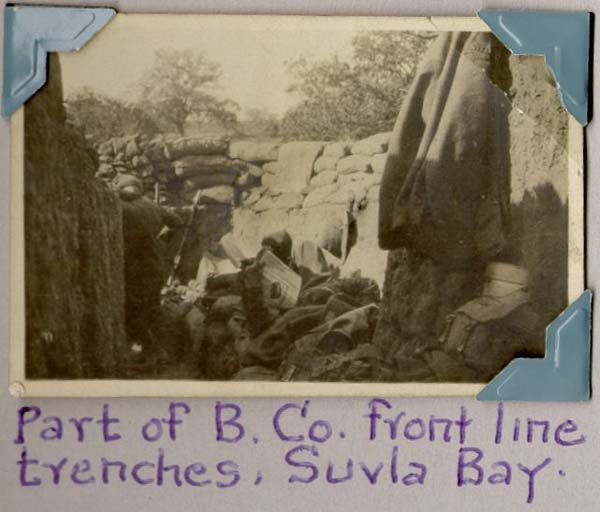
Courtesy of the Rooms Provincial Archives Division (VA 37-3.4), St. John's, NL.
"We were shelled by the Turks for an hour, from 8 to 9 am, from a distance of seven or eight miles," wrote Lieutenant Owen Steele in his journal. "We had some 14 casualties, including the Adjutant, Captain Rendell."
The Newfoundland Regiment lost its first man in battle at Suvla Bay. Private Hugh McWhirter was 21 years old when a Turkish shell killed him on September 22, 1915. The next day, a sniper's bullet killed Private W. F. Hardy.
In the end, the Allied Forces could not wrestle control of Suvla Bay from the Turkish Army. They withdrew from the peninsula in December 1915.
Battle of the Somme
After a brief stop in Greece, the Regiment arrived at Egypt in January 1916 for about two months of training. On March 16, 1916, it set sail for northern France. The German Army had seized control of the River Somme and Allied commanders wanted to reclaim the area.
They deployed more than 500,000 troops to the Somme region, including the Newfoundland Regiment. Still with the 29th Division of the British Army, it was ordered to capture the German trenches near the village of Beaumont Hamel.
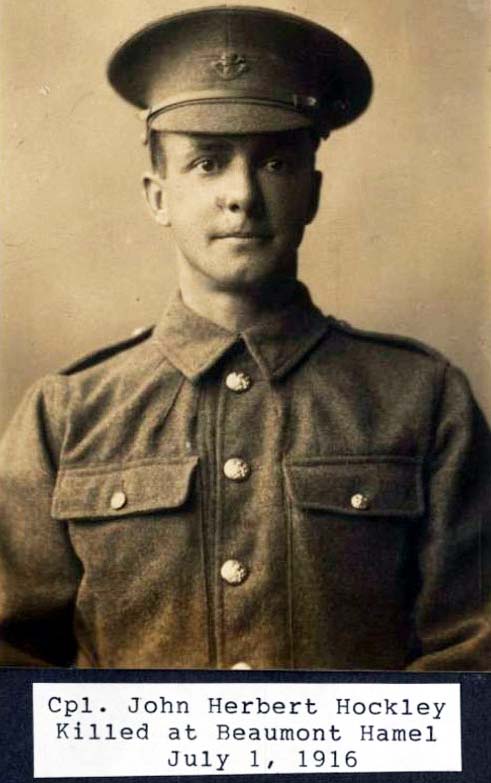
Courtesy of Archives and Special Collections Division (Coll. 346 1.01.019), St. John's, NL.
The Somme offensive began on July 1, 1916. It was a devastating failure. As Allied Forces left their trenches, they encountered a withering barrage of enemy fire. The Newfoundland Regiment was decimated - only 68 men answered roll call later that day and it took survivors five days to bury their dead.
When news of the battle reached Newfoundland and Labrador, there was widespread grieving. July 1 became a national day of mourning and the first Memorial Day ceremony took place in downtown St. John's one year later.

Courtesy of the Digital Archives Initiative, Memorial University of Newfoundland, St. John's, NL.
After Beaumont Hamel, the Newfoundland Regiment relocated to Ypres, Belgium, where it spent two months digging and repairing trenches. New recruits also arrived from Newfoundland and Labrador.
In October, the men were ordered back to front line service at the River Somme. This time, the Regiment was stationed near the village of Gueudecourt, about 16 kilometres east of Beaumont Hamel. On October 12, 1916, it helped to seize control of a key German stronghold known as Hilt Trench. Guedecourt was the Regiment's last major involvement in the Somme Offensive, which encompassed a series of battles that took place between July 1 and November 18, 1916.
Western Front
The Regiment remained on the Western Front for the next year and took part in several battles. It sustained heavy losses at the Battle of Arras on April 14, 1917, but it also achieved an important victory. German forces had overpowered Allied troops and were posed to capture the French village of Monchy-le-Preux. Nine men from the Newfoundland Regiment and one man from Essex Regiment successfully repelled the invasion. They defended the town for eleven hours before reinforcements finally arrived.
Allied commanders later estimated that if the Germans had captured Monchy-le-Preux, it would have taken about 40,000 troops to reclaim it. The men who protected the village became forever known as the Monchy Ten.
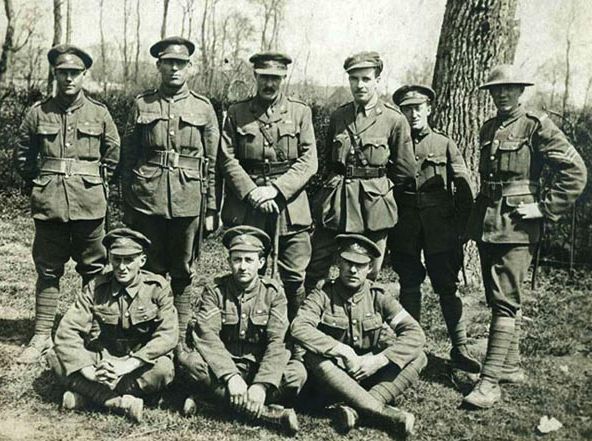
Courtesy of the Rooms Provincial Archives Division (VA 36-38.1), St. John's, NL.
On November 20, 1917, the Regiment was part of a surprise attack the Allies launched at Cambrai in northern France. It successfully seized the St. Quentin Canal and the town of Masnières from German control. Later that year, King George V honoured the Regiment's actions by granting it the designation "Royal".
The Regiment was once again on the battlefield in April 1918, this time near the French town of Amiens. It fought for ten days and sustained 176 casualties before French soldiers relieved the men on April 21. By then, the Regiment was so reduced in numbers that Allied commanders decided to remove it from the front lines entirely. For the next few months, it guarded Field Marshal Douglas Haig's headquarters in Montreuil.
Hundred Days Offensive
The Regiment returned to the battleground in September. The Allies had launched their Hundred Days Offensive, which was a series of attacks against enemy forces that would ultimately bring the war to an end.
The Newfoundland Regiment participated in several of the battles. On September 28, it captured German front lines in Ypres, Belgium. In October, it helped to push the Germans back from the village of Courtrai.
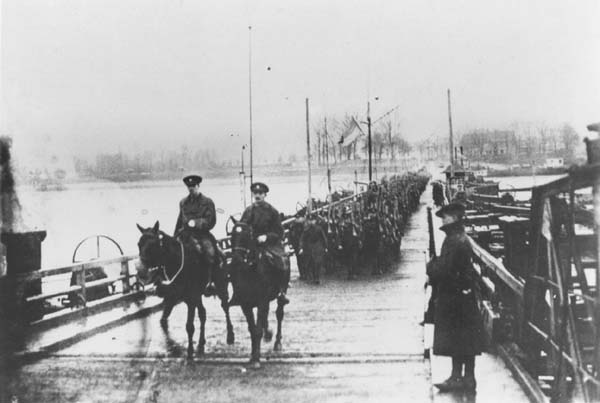
Courtesy of the Rooms Provincial Archives Division (VA 28-146), St. John's, NL.
On November 11, 1918, a defeated Germany signed the Armistice. The fighting was finally over, but the Regiment remained overseas for a few more months as part of the occupation force in Germany. Drafts of men began to return home in the spring of 1919 and the Royal Newfoundland Regiment disbanded on August 26, 1919.
Lieutenant Owen Steele's quotes were transcribed from his diary: Collection 179, Archives and Manuscript Division, QEII Library, Memorial University.
